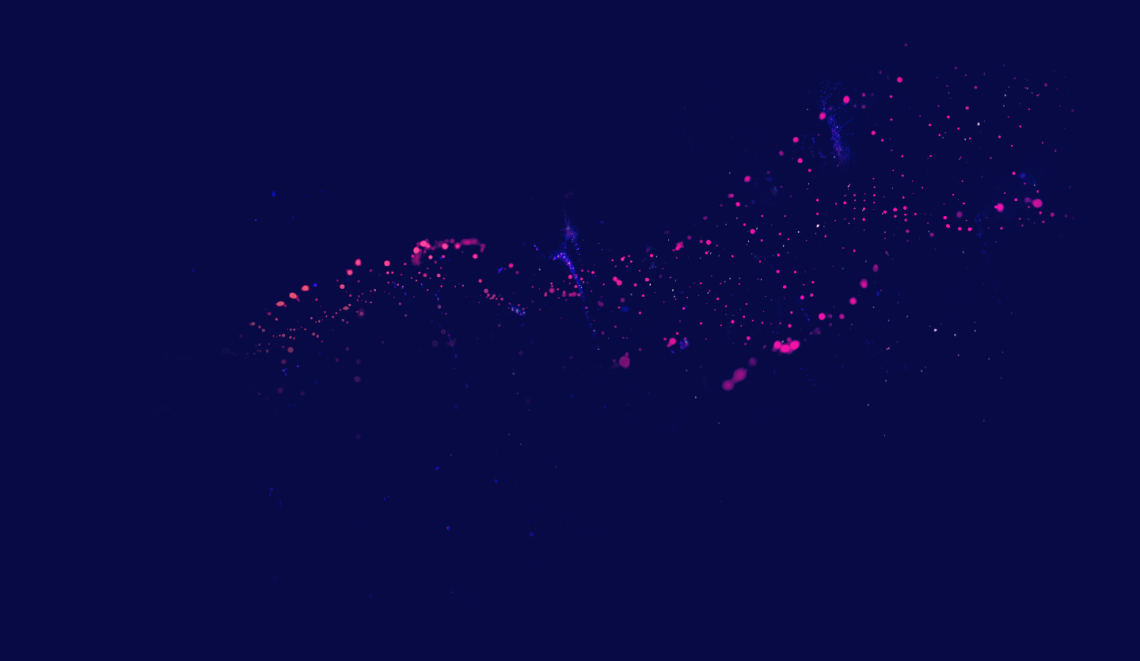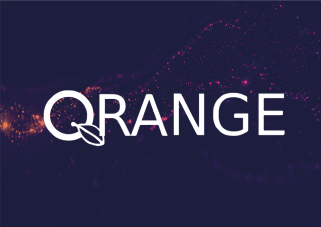
Quantum communication system (QKD): application of quantum information theory to analyze the influence of the propagation channel. Laboratory: Lab-STICC (CNRS UMR 6285) Location: ENSTA Bretagne, 2 rue François Verny, 29806 Brest cedex 9, France Co-supervisors: A. Coatanhay & A. Drémeau Context: Securing data exchanges within communication systems is a major challenge for our hyper-connected digital world today. One of the major revolutions in terms of transmission protection has been the use of quantum physics principles to ensure an unmatched level of security, offering the possibility of exchanging encryption keys free from any risk of espionage. Communication systems secured by Quantum Key Distribution (QKD) are now among the very classic subjects for quantum information theory and the implementation of these systems is increasingly summarized as an engineering problem. If at the beginning of the theory and the famous BB84 protocol, the key exchange was done by considering single photons, today, modern systems involve the use of entangled laser beams. This is called the continuous variable QKD system (CV-QKD). The principle of theses protocols ensures, in theory, an inviolability of the encryption keys transmitted between two communicators. It should nevertheless be noted that the theoretical study of these protocols very often considers a perfect transmission channel (free field). The problem becomes very different when we consider a transmission channel that very significantly influences the propagation of laser beams. Expected work: The objective of this PhD thesis is to consider a quantum encrypted communication link within a difficult propagation medium for laser beams and translating this influence into quantum theory of information. A first task will be to study the different quantum encrypted communication systems and to model such systems in interaction with the physical environment of propagation. Secondly, it will be necessary to consider the tools of the quantum theory of information, in particular the approaches of the geometric theory of information, to characterize the communication system in its physical environment. Candidate profile: The candidate may have taken a degree in physics or applied mathematics to physics and wish to open up to the fields of information theory. Alternatively, the candidate may also have a background in information science and seek to deepen his/her knowledge of quantum physics. Due to funding considerations, the candidate has to be French or from EU.
How to apply
Interested applicants should submit a CV and a description of research interests. More, it is also advisable to provide any additional information that the candidate deems useful to assess his/her application. All of these parts can be sent to one of the two addresses below: Pr. Arnaud Coatanhay ENSTA Bretagne, 2 rue François Verny, 29806 Brest Cedex 9, France E-mail: Arnaud.Coatanhay@ensta-bretagne.fr Pr. Angélique Drémeau ENSTA Bretagne, 2 rue François Verny, 29806 Brest Cedex 9, France E-mail: Angelique.Dremeau@ensta-bretagne.fr
ENSTA Bretagne (Lab-STICC)
2 rue François Verny
29 Brest, France

Want to share your own job opportunity?


